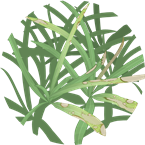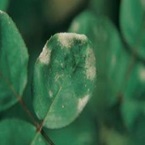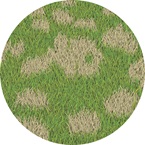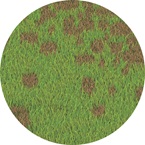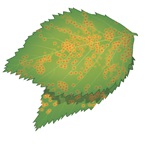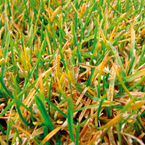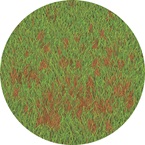Classification
Species category: Leaf & Stem Diseases
Scientific name: Microdichium nivale
What is Fusarium?
Fusarium is a fungal disease that first appears as small, water-soaked patches. The patches grow in size and change colour from orange-brown to dark brown, eventually turning to a light grey. There is sometimes a pinkish tinge associated with the disease, as the patches appear to be a salmon-brown colour.
Spots can be large but generally are less than 20 cm. Patches may bleach as leaves wither and die. The crown and root system is not affected.
Fusarium Patch is the name used worldwide to describe the disease when it occurs without snow cover. In the US, and elsewhere, it is often referred to as Pink Snow Mould.
When does Fusarium occur?
Mild and moist conditions are the most favourable for Fusarium development. In the cooler climates of SE Australia, Winter Fusarium is the most important disease of cool season grasses particularly Poa annua. Low mown Kikuyu is also affected in cool climates.
Fusarium Patch and Winter Fusarium both favour cool wet weather with temperatures of between 0-8°C. High nitrogen fertilisation with lush growth can increase turf susceptibility. High levels of potassium can suppress the disease.
What damage or effect will Fusarium have?
It will attack any area of lawn or turf, particularly playing surfaces such as golf or bowling greens.
In a matter of days, large patches may appear in the turf and will reduce grass coverage. The aesthetic value is reduced. Areas of the turf may need to be repaired.
How to get rid of Fusarium Patch turf disease
Recommended products include Chipco GT, Bayfidan or Dedicate.




